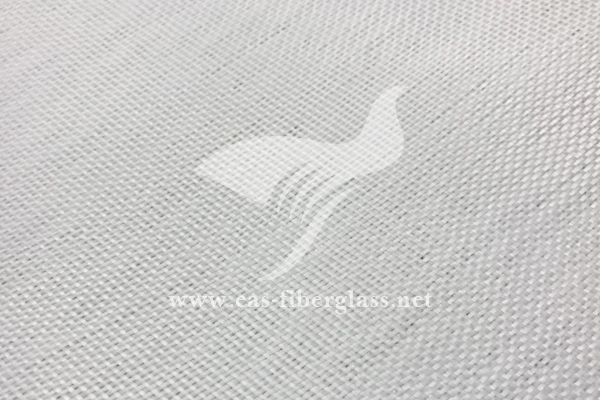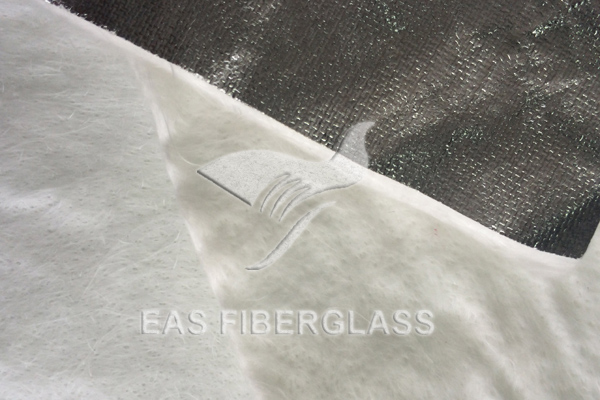Fiberglass Cloth or Fiberglass mat: Which is Better?
Fiberglass cloth and fiberglass mat are both made from the same material – fiberglass. However, the way these fibers are arranged and bonded together differs, resulting in each material having different properties and uses. The choice between them depends on the specific application and the desired characteristics of the project. Each has its advantages and is better suited for certain types of tasks. Here's a brief comparison:
Fiberglass Cloth:
-
- Composition: Fiberglass cloth is made of woven strands of fiberglass, resulting in a tight and uniform weave.
- Flexibility: It is relatively more flexible compared to fiberglass mats.
- Surface Finish: Fiberglass cloth tends to provide a smoother surface finish due to its tight weave.
- Strength: It offers high tensile strength, making it suitable for applications where strength is a critical factor.
- Conformity: Fiberglass cloth conforms well to complex shapes and contours.
- Applications: Fiberglass cloth is commonly used in applications that require a smooth, consistent surface, such as boat building, car repair, and surfboard construction. The tight weave of fiberglass cloth also allows for easy impregnation with resin, making it ideal for laminating surfaces and creating a smooth, durable surface.
Fiberglass Mat:
-
-
- Composition: Fiberglass mat consists of randomly oriented strands of fiberglass held together with a binder.
- Thickness: It is generally thicker than fiberglass cloth and provides a higher build-up of material in a single layer.
- Absorption: Fiberglass mat can absorb more resin, making it suitable for applications where resin saturation is important.
- Moldability: It conforms well to molds and is often used in molding complex shapes and large surfaces.
- Strength: While it has good strength, it may not match the tensile strength of fiberglass cloth.
- Applications: Fiberglass mats are often used in applications where strength and reinforcement are primarily concerned, such as the constructionof fiberglass molds, tanks, and other structural components. The random orientation of the fibers in fiberglass mat also makes it easy to conform to complex shapes and contours, making it suitable for a variety of applications.
Choosing Between the Two:
- Strength Requirement: If the project requires high tensile strength, fiberglass cloth may be the better choice.
- Surface Finish: For a smoother surface finish, fiberglass cloth is preferable.
- Moldability: If conforming to complex shapes or large surfaces is a priority, fiberglass mats might be more suitable.
- Resin Absorption: If resin absorption is crucial, fiberglass mat allows for higher resin content.
In summary, there is no one-size-fits-all answer, and the choice between fiberglass cloth and fiberglass mat depends on the specific needs of the project in terms of strength, flexibility, surface finish, and moldability.

 EAS Fiberglass Co., Ltd is a professional fiberglass products supplier and provides comprehensive and effective material industrial solutions covering the market of high-performance FRP, highly effective temperature insulation, and highly convenient construction. Nowadays, EAS owns various product lines of fiberglass yarn forming, woven fabrics, fabric coating/lamination, FRP, etc. The complete product lines enable EAS to master the quality control and products market competitive. Taking this advantage involves us in many projects and enhance brand promotion. Certified ISO9001-2008 equips EAS staff and management with a more professional operation. Certification of test reports for products is made by third-party laboratories SGS, TUV, DNV, etc.
EAS Fiberglass Co., Ltd is a professional fiberglass products supplier and provides comprehensive and effective material industrial solutions covering the market of high-performance FRP, highly effective temperature insulation, and highly convenient construction. Nowadays, EAS owns various product lines of fiberglass yarn forming, woven fabrics, fabric coating/lamination, FRP, etc. The complete product lines enable EAS to master the quality control and products market competitive. Taking this advantage involves us in many projects and enhance brand promotion. Certified ISO9001-2008 equips EAS staff and management with a more professional operation. Certification of test reports for products is made by third-party laboratories SGS, TUV, DNV, etc.

